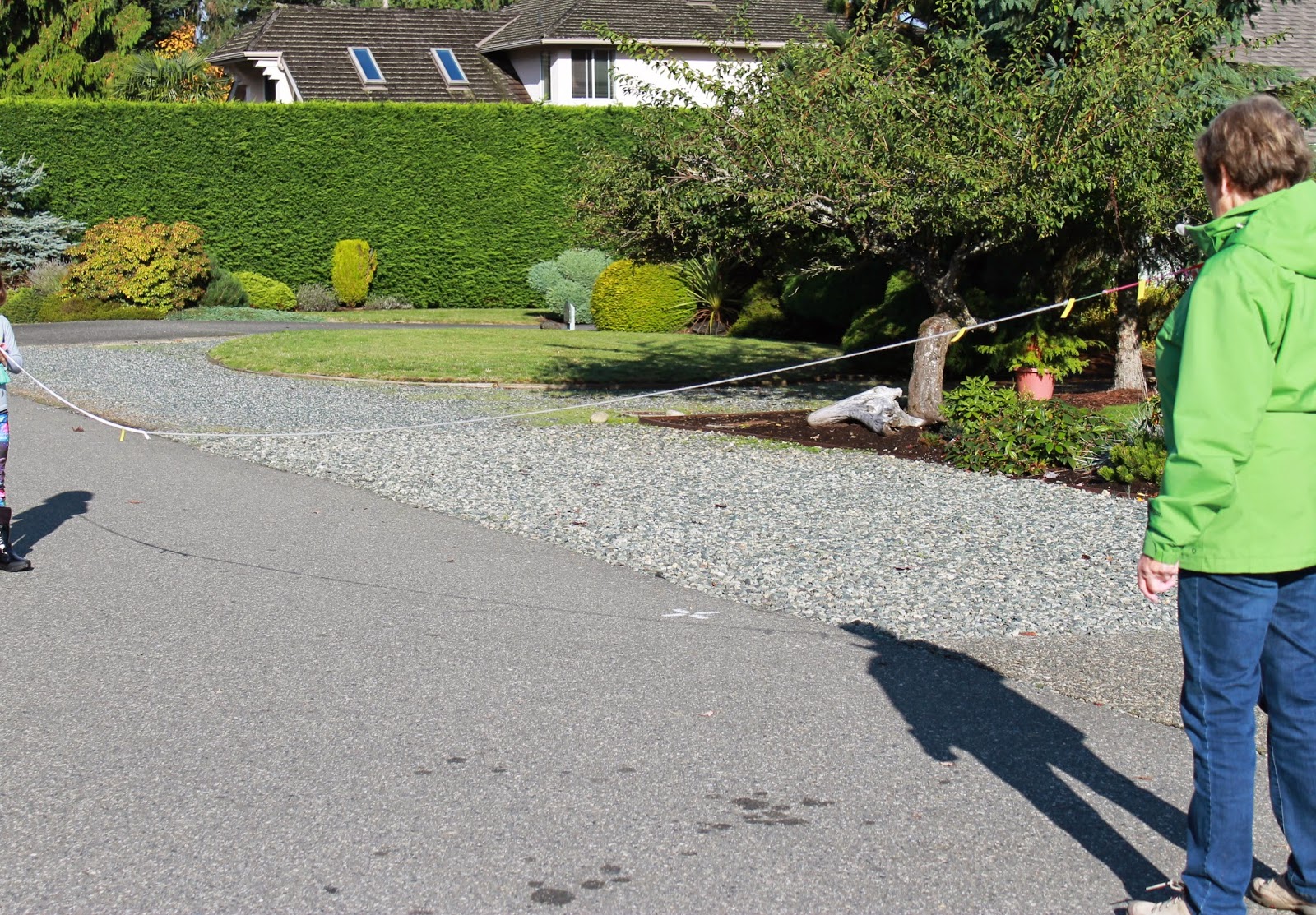Who knew learning about blood types could be so much fun!! I found these cool activities on Pintrest. The first one is how to test which blood types are compatible with each other.
L labelled each of four glasses with each of the basic blood types A, B, AB and O. She then added red, blue, and red and blue food colouring to one glass each. She left O clear.
L then chose a blood group to be a donor and one to be a receiver. She poured a bit of the receiver into a clean glass and put some drops of the donor into it. If the receiver blood turned colour then they weren't compatible.
L recorded her results on a chart that I printed off from here. By this experiment she was able to determine which blood types were compatible and which could be universal donor and receivers.
We then opened up our blood bank and started a blood drive. L got out lots of her stuffs and porcelain dolls and they all donated blood. L put in the IV and determined which blood type each stuffy had and then placed a blood type sticker on their chest. She wrote on a card what type of blood was donated and put it in our blood bank. Then all the stuffies went of and had fun. Soon some of them got into car accidents and fell off cliffs!
They were quickly brought to the hospital and needed blood transfusions. L could tell their blood type from the sticker on their chest. She then had to check the blood bank to see if we had blood that was compatible.
L looooved this game so much. She was so excited to have all of her dolls get blood transfusions. What a great way to learn about blood. I got this idea from Highhill Homeschool.




















































